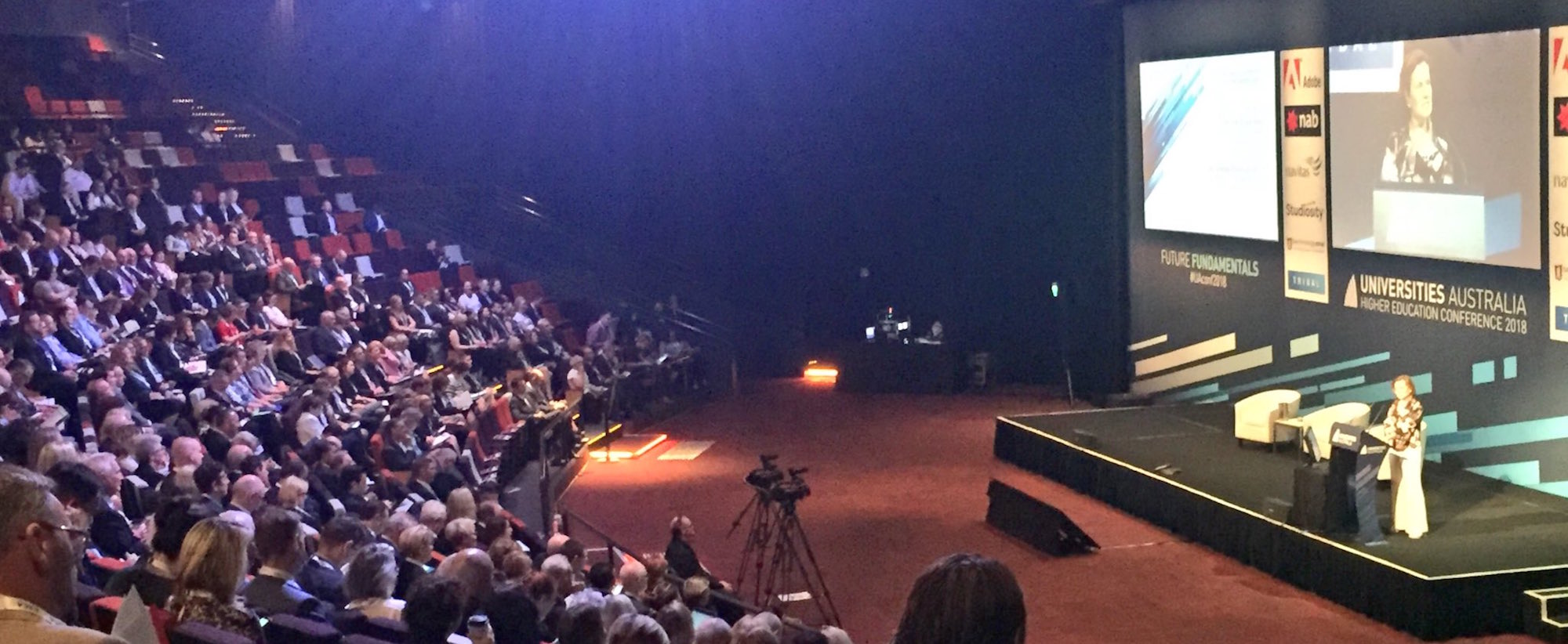
CE Contents Calculator
March 23, 2018
Bots, boardgames and building the future at the UA Conference 2018
March 29, 2018By Pete Watts, Underwriting Manager
There has been much dialogue – both in-house here and throughout the wider industry – about the current state of the insurance market, and the outlook for the years ahead. Without running into chapter and verse, I will provide a brief narrative of where the market sits and how we got here.
For many years, the property insurance market has seen year-on-year reductions. The threat of a ‘hardening market’ has been hanging heavy for some time, and yet, so far, it has proved to be only that – a threat and nothing more. The market has continued to offer competitive pricing and increased coverage.
Then, towards the end of 2016, New Zealand was hit with a large earthquake in Kaikoura. Soon after, Tropical Cyclone Debbie devastated parts of Queensland. These losses were a stern reminder that Australia – and it’s neighbouring countries, for which Australia is effectively the main marketplace – can be volatile and produce nasty natural catastrophe events. You have to go back several years, to the 2009-10 Christchurch Earthquakes and 2011 Brisbane floods and Tropical Cyclone Yasi to recall such devastation.
Following the 2009-2011 loss period, the insurance industry, whilst still awash with capital, developed a short memory, and pricing soon returned to pre-loss levels and has continued to go down. Several years of benign activity kept the pressure on, with a competitive blow torch pointed at the marketplace that was excellent for buyers. However, 2016-17 brought a couple of large losses, and with them the sobering reality that pricing has gone down too far. It is not at a sustainable level to manage losses. This isn’t just localised to Australia either, with the last US Hurricane season producing three major hurricanes (Harvey, Irma and Maria), so globally-speaking, pricing adequacy has been placed firmly on the agenda of all insurance and reinsurance companies. This return to loss activity has shown underwriting results to be diabolical, placing a strict focus on premium increases and risk selection.
It is not all doom and gloom, but it is almost certain that year-on-year price reductions will disappear in the short term, and the market will return to a climate of underwriting discipline. This started with loss-affected accounts and moved into loss-free catastrophe-exposed accounts. The evidence suggests that going forwards, no accounts can expect reductions, and price increases will instead become the norm. As they say, a rising tide lifts all boats.
One of our tenets at Unimutual, which we consistently apply and hold true to, is the value of long-term relationships. No healthy and sustainable relationship is made up of one side getting everything they want, while the other receives nothing – instead, it should be mutually beneficial over a long period of time, where both parties feel they are giving and receiving fairly. This may sound simplistic, but its fundamental and often overlooked.
Another oft-ignored truth is that price isn’t everything. I won’t tell you it isn’t important, but it’s never the whole story. No one – including Unimutual – is immune to the market pricing cycle. It’s impossible to say for certain how long the market will be in this state of upswing, but in my opinion we are in it for the next couple of years. It is in these phases of the market cycle that the value of long-term relationships are truly realised, and when members come to best appreciate the benefits of mutuality.
The underwriting term ‘risk selection’ refers to the practice of looking for the best risks; usually meaning clients that evidence strong focus and investment in actively managing their risk, and that see their insurance program as a last resort and not a first resort. This is where the mutual and collaborative partnership comes in – an insurer should have a client’s best interests at heart, but the client also has a responsibility to efficaciously manage and attempt to prevent risk.
While insurers look for more attractive clients, for buyers a hardening market strengthens the temptation to seek cheaper pricing – and so it should. There is stronger motivation than ever to not pay a penny more than you must, but not all policies are created equal – and a buyer must focus on the value of the offering, which is related to, but not totally represented by, the price tag alone. It’s imperative to consider what you could be trading for a fleeting deal.
For example, for 28 years, Unimutual has been building strong relationships and providing protection as a mutual. We are ingrained within our membership and have a far better knowledge of those members than an insurer will ever have. Even after a loss, we take a long-term view, rather than looking to capitalise by kicking a member when they are down. But more than that, during all that time Unimutual has been providing risk management advice and solutions to its members to help them avoid preventable losses and optimally deal with them when they do occur. For Unimutual members, these services are free of additional charge as a natural part of our offering, and are delivered either via a collegiate special interest group approach or by tailoring a solution to the specific needs of a member. They include practices designed to help our members with all aspects of their risk management, and include;
- Risk consulting services, which range across a variety of university functions, but with particular recent focus on research, and temperature-controlled environments. This includes being on standby to provide advice on an as-needed basis;
- Site risk engineering surveys, which facilitate high-level analysis of key property risks, and share recommendations for improvements to assist in strengthening members’ risk profiles;
- Emerging risk reports, which Unimutual provides to share information about unique losses and exposures to the sector;
- Business continuity planning discussions, which use a collegiate approach to plan for post-disruption recovery;
- Seminars (both online and face-to-face) that discuss a range of issues relevant to risk professionals within the sector, including cyber risk management and management liability;
- Guidelines and best practice manuals on public liability, professional risks, malpractice, clinical trials, and property.
These endeavours are strongly supported by our reinsurance partners, and together they contribute to our ability to provide sustainable pricing as we traverse this challenging period. Actively partnering with us, and utilising the valuable risk services Unimutual provides, will help members to improve their risk profiles and in turn to keep pricing down for themselves and the mutual in the long run. We are the market leader in Higher Education insurance and associated spaces, and we will continue to ensure that members receive the best from their protection partner.
To be kept informed of risk issues which may affect you and your clients, follow us on LinkedIn.



